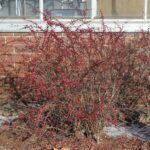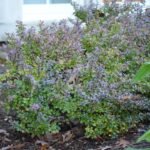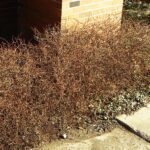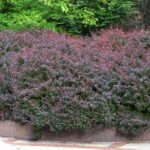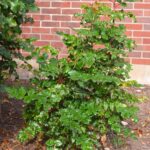Flower Notes:
Yellow (Yellow to pale yellow flowers (1" across) appear in spring, but these are not especially showy)
Foliage Notes:
Green (One of the first shrubs to leaf out in spring); Multi-Colored (Orange, scarlet, and reddish purple leaves in fall; variable fall color quality)
Fruit Notes:
Red (Slightly showy bright red 0.33" dia. berries appear late (October) and persist into winter; variable fruit set)
Soil Notes:
Very adaptable to different soils, but avoid extremely moist soils
Diagnostic Characteristics:
0.5-1.25" spatulate leaves in clusters. Leaves are softer than those of Berberis x mentorensis. Stems are glabrous, slender, brown-red, angled, and grooved. Single spine (0.5") at nodes (Berberis x mentorensis typically has three spines). Bright yellow inner wood. Berberis thunbergii invades a variety of habitats from shaded woodlands to open fields and wetlands. Berberis thunbergii is rapidly spread by birds that eat the berries thus dispersing the seeds.
